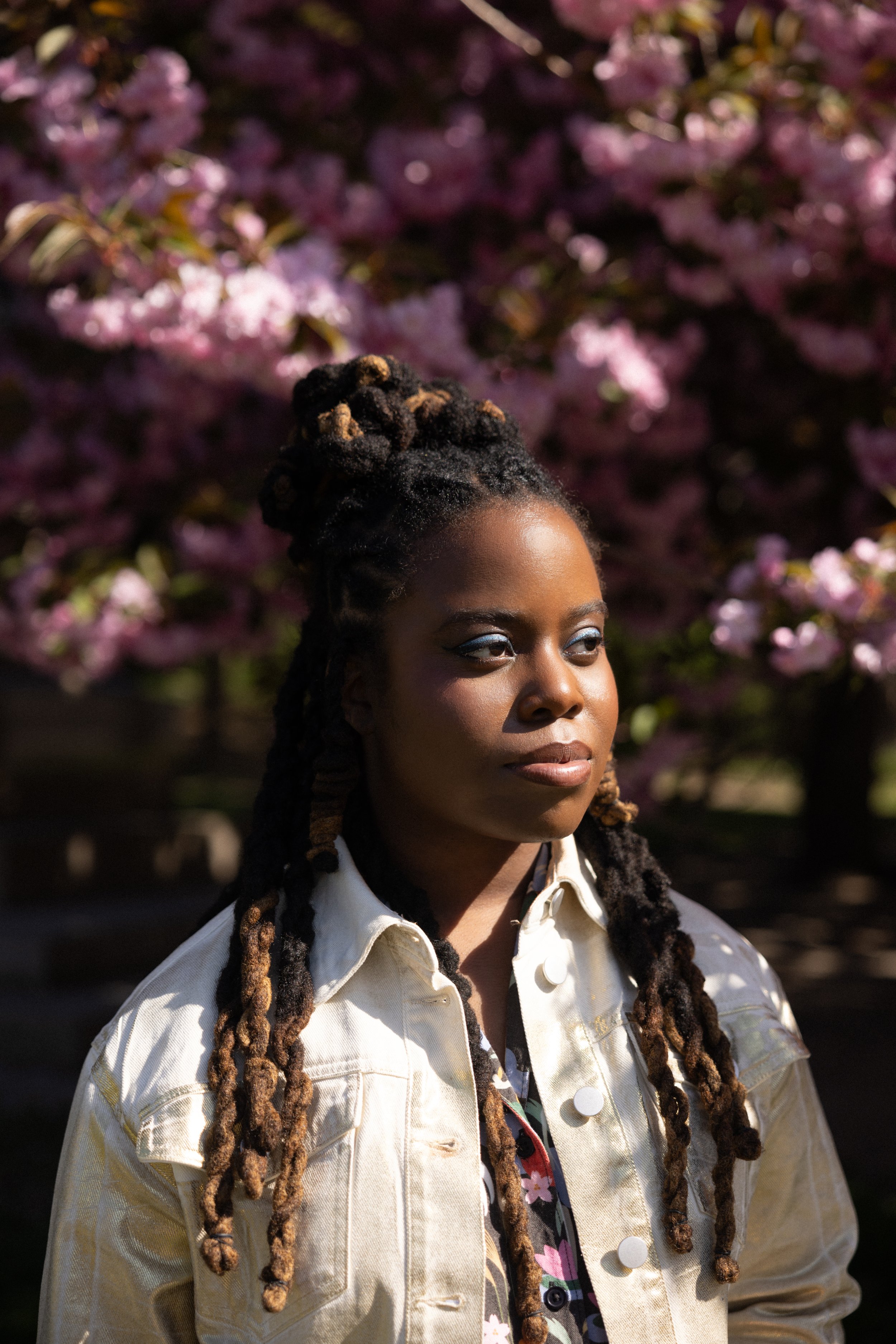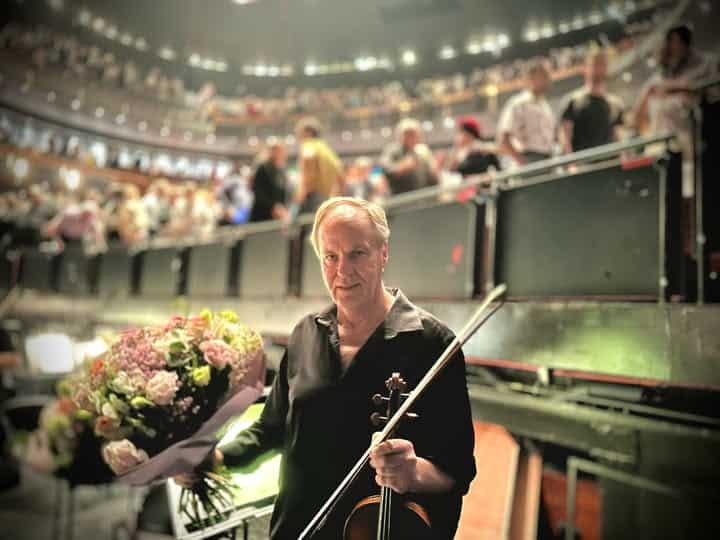Don’t ever get this close to the Berlin Philharmonic
main
The lady at the end of the row has a problem with Kodaly’s g Dances of Galanta, conducted by Ivan Fischer.
Freeze-frame by Christoper Russell from a streamed performance.


The lady at the end of the row has a problem with Kodaly’s g Dances of Galanta, conducted by Ivan Fischer.
Freeze-frame by Christoper Russell from a streamed performance.
We understand that David Chan, concertmaster of the…

A Virginia guitarist and composer, Yasmin Williams, reached…

An appeal has been raised for the widow…

The German violinist Eckart Lorentzen brought the Isael…

Session expired
Please log in again. The login page will open in a new tab. After logging in you can close it and return to this page.
Comments